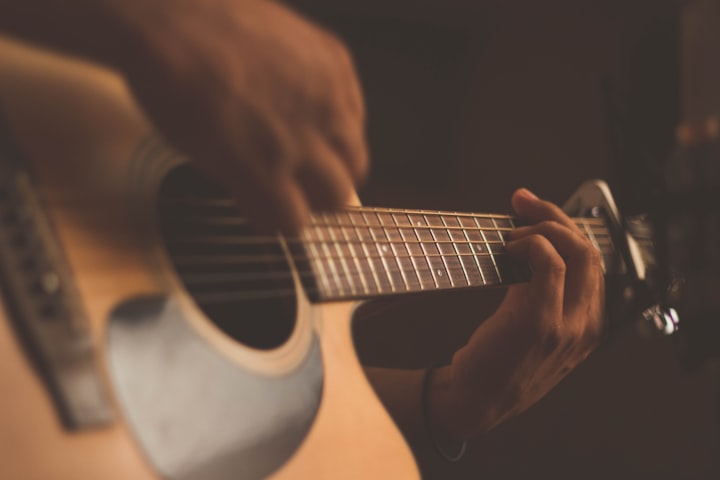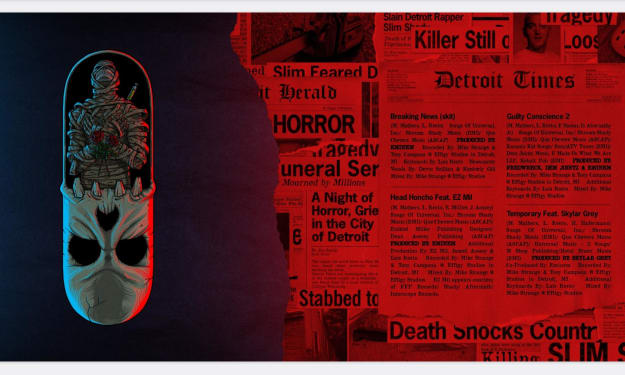
Customers of music since western recorders noted of them incorporate most ancestral networks and their western partners that have noticed the average just as the strict pith of music and dance exhibitions. It has been recommended that the preliminary investigations of melodic history date back to the center of the eighteenth century.
Similarly, archaic music presents generally far off and most prolonged time of genuine melodic history with Saint Gregory or Svaty Rehor in Czech credited to have masterminded countless choral works during the early hundreds of years of Christianity in Europe. He filled in as Pope Gregory I from 590 AD to 604 AD, where the Gregorian serenade started. The Medieval time went on until the fourteenth century covering very nearly 1,000 years. An arrangement of melodic documentation was noted to have grown gradually, albeit much questioned if any stretch of the imagination was even using it. Saved finds of lyrical documentation come from the ninth century. Moreover, musical documentation was recommended to be grown uniquely between the twelfth – thirteenth century.
Metropolitan Sounds and Soundscapes
Krims accepts that the worldwide economy characterized by agilely customizable plans and specialty showcasing makes the conversation the way of life industry of the mid-20th century out of time. Therefore, Krims picked the well-known music Tumba of Curacao in part "Space, Place and Popular Music in Curacao and Elsewhere" to introduce a post-Fordism conversation. Curacao is the central city of Willemstad who has encountered social recovery through Zumba's fame.
Tumba is depicted as the most Coracaoan of melodic structures and exceptionally restricted systems and text-based suggestions explicit to Curacao. The music assumed a significant part in Willemstad's yearly Karnival festivities of quintessential Coracaoan social intonations that draw vacationers. Its attractiveness, regardless of its nearby flavor to the worldwide traveler, represents the "foregrounding of spot and area structures, by and large, the bleeding edge of our worldwide monetary regime."
Music, in this cycle, is inspected for its inclination in cross showcasing traditional music as music for unwinding or Bach for sleep time. In addition, appropriation jobs of urban retail spaces Barnes and Noble, Borders, Virgin Megastores, were inspected while giving perceptions of how specific music classes are expected on playback spaces, such as in the workplace, inside the vehicle, or the yoga studio, making melodic "kind into geographic fact."
Krims reviewed his conversation about metropolitan ethos through Rap Music and the Poetics of Identity distributed in 2000 in part 1. Metropolitan ethos was characterized as "refining of openly scattered ideas of how urban areas are generally, "14 The media conveys potential outcomes, for example, rap and hip jump's media portrayal of viciousness and denying city reflecting just as illuminating the real factors regarding metropolitan space. He inspected changes in metropolitan ethos through the music utilized in the 1997 film "Boogie Nights," recommending that it addresses "unthinkable libidinal city" commenced on the thriving economy and safe roads that prompted abundance and experimentation of the disco time.
When brutality emitted in France in 2005 as vehicle burnings and even passings, rap acquired a terrible standing across the nation.15 According to Rose, rap is a social development famous fundamentally among Black and Latino races and during the 1980s, and by the 1990s, launch artists, for example, Run DMC, LL Cool J, Salt n' Pepa, Beastie Boys, among others among Latinos and African Americans as well as among White youths and surprisingly worldwide music audience members.
It before long became boundless, and each region in the globe has taken on each own, including European foreigners from Turkey, Morocco, and North Africa.
The explanation behind the ascent of hip bounce, as per a few sociologists and students of history, is the changing urban culture inside the United States during the 1970s. Maybe most significant was the minimal expense engaged with the beginning: the gear was moderately cheap, and practically anybody could MC alongside the famous beats of the day. MCs could be inventive, blending hogwash rhymes and prodding companions and foes the same in the style of Jamaican toasting at blues gatherings or playing the handfuls in trade of mind. MCs would play at block parties, with no assumption for recording, in the method of society music. The abilities essential to make hip bounce music was passed casually from one artist to another instead of being educated in costly music lessons.
Another justification hip bounce's ascent was the decay of disco, funk, and rock in the mid-to-late 70s. Disco emerged among dark and gay male clubs in America and immediately spread to Europe.
Disco gave many danceable beats, which hip bounce exploited while providing a musical outlet to the majority that hated disco.
Thinking about the above conversation, city music is effortlessly seen and seen as another elucidating part of specific gatherings or people living in a given region. For example, in a city like New York, an area might have its childhood lean toward rap or hip bounce music. Yet, inside the limits of the city area might be discovered different inhabitants who might favor different types like soul, or even love tunes and melodies. Others may essentially lean toward quiet or the shortfall of "city music" out and out.
About the Creator
Enjoyed the story? Support the Creator.
Subscribe for free to receive all their stories in your feed. You could also pledge your support or give them a one-off tip, letting them know you appreciate their work.






Comments
There are no comments for this story
Be the first to respond and start the conversation.